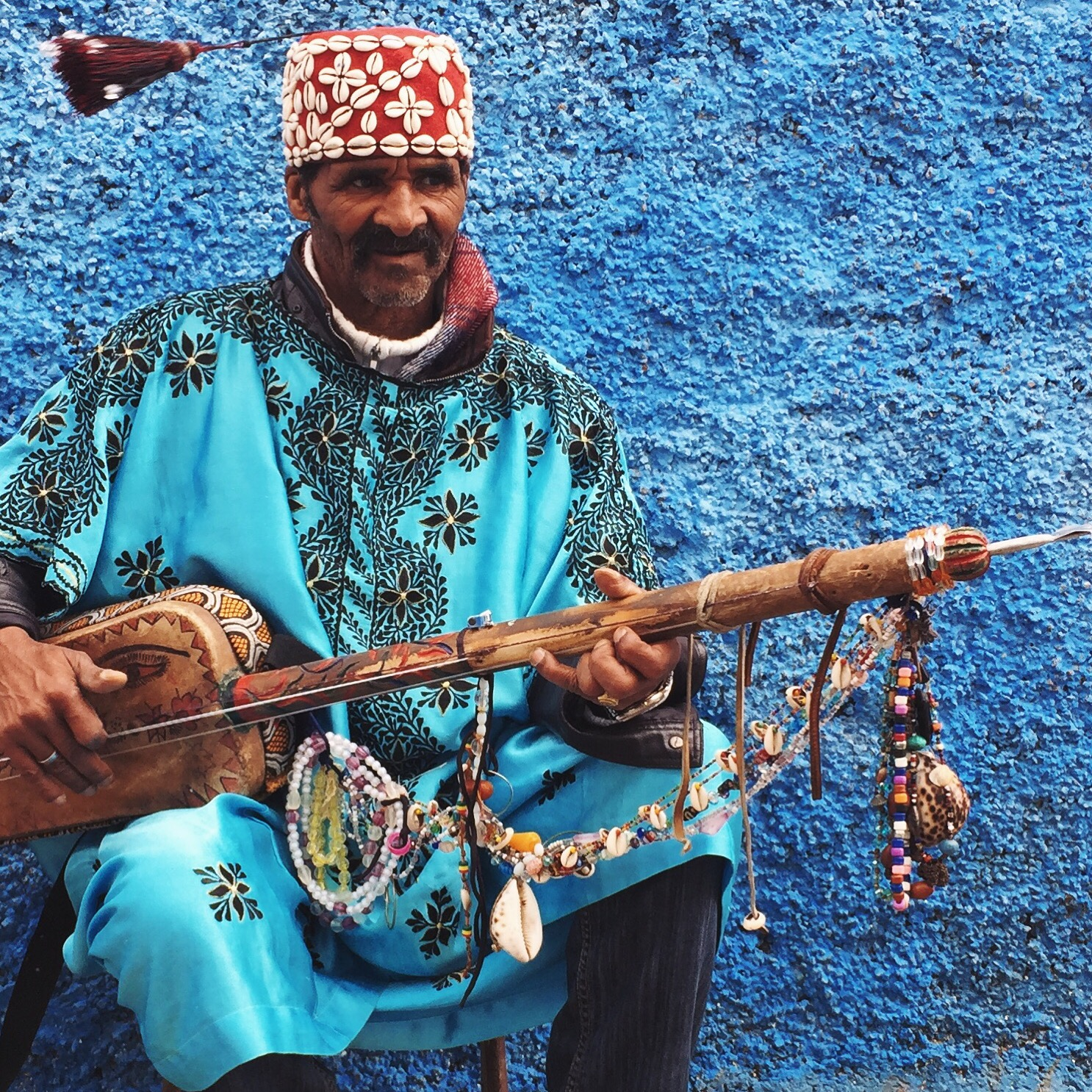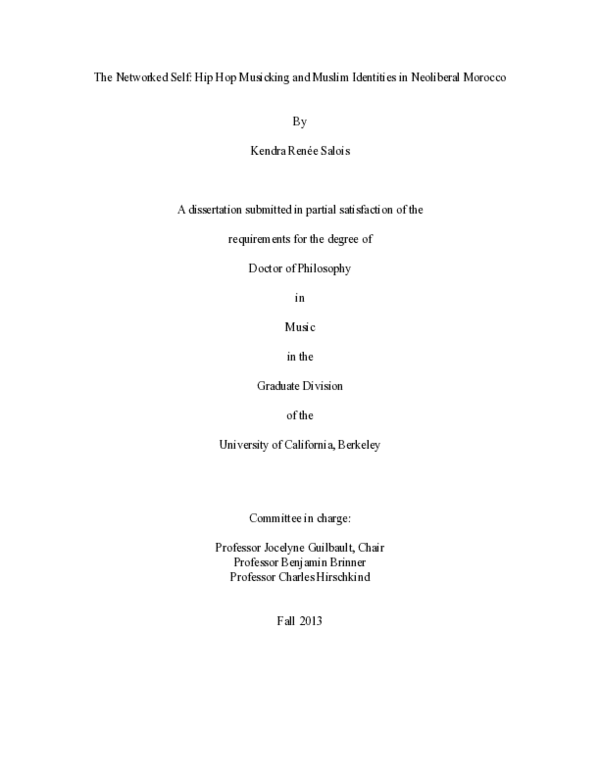- Published on
The Sacred Art of Gnawa Metal Castanets (Qraqeb) Making Preserving Moroccan Heritage
- Authors

- Name
- Adil ABBADI
Introduction
In the vibrant souks of Morocco, a lesser-known artisanal tradition has been thriving for centuries – the sacred art of Gnawa metal castanets (Qraqeb) making. These intricately crafted instruments are an integral part of Gnawa music and spiritual practices, which have been recognized by UNESCO as an Intangible Cultural Heritage of Humanity. In this article, we'll embark on a journey to explore the cultural significance of Qraqeb making, its traditional importance, and the modern efforts to preserve this unique aspect of Moroccan heritage.

- Cultural Context
- Traditional Significance
- Modern Relevance
- Cultural Preservation
- Conclusion
- Cultural Call-to-Action
Cultural Context
The Gnawa people, originating from West Africa, were brought to Morocco as slaves in the 16th century. Despite their turbulent history, they managed to maintain their cultural identity, blending it with Moroccan and Arab influences. The Gnawa tradition is characterized by its unique music, spiritual practices, and craftsmanship, which are deeply intertwined. The Qraqeb, being an essential element in Gnawa music, plays a crucial role in their spiritual rituals, known as Lilas.
Traditional Significance
In Gnawa culture, the Qraqeb is more than just a musical instrument – it's a sacred tool used to connect with the divine and honor the ancestors. The intricate process of Qraqeb making is passed down through generations of skilled artisans, who carefully shape and tune the metal castanets to produce a distinctive, hypnotic sound. This sound is believed to have healing properties, guiding the participants in the spiritual rituals towards a state of trance and spiritual ecstasy.

Modern Relevance
In recent years, Gnawa music has gained popularity worldwide, attracting a new generation of fans and musicians. This increased interest has led to a resurgence in the demand for traditional Qraqeb, prompting artisans to adapt their techniques to meet modern standards while maintaining the authenticity of their craft. The blend of traditional and modern approaches has resulted in innovative designs and collaborations between Gnawa artisans and international musicians.
Cultural Preservation
Efforts to preserve and promote the art of Qraqeb making are underway, with organizations and initiatives working to safeguard this cultural heritage. The Moroccan government, in collaboration with UNESCO, has established programs to support Gnawa artisans, providing them with training and resources to refine their skills. Additionally, cultural festivals and workshops are being organized to showcase the beauty and significance of Gnawa music and craftsmanship.

Conclusion
The sacred art of Gnawa metal castanets making is a testament to the rich cultural heritage of Morocco. As we delve deeper into the significance of this tradition, we're reminded of the importance of preserving our cultural identity and promoting cross-cultural understanding. The Qraqeb, with its mesmerizing sound and intricate craftsmanship, serves as a bridge between the past and the present, connecting us to the ancestors and the divine.
Cultural Call-to-Action
As we appreciate the beauty of Gnawa culture, let us not forget our responsibility to support and preserve this heritage for future generations. Attend a Gnawa music festival, learn about the history and significance of the Qraqeb, or support local artisans by purchasing their handmade instruments. By doing so, we can ensure that the sacred art of Gnawa metal castanets making continues to thrive, enriching our cultural landscape and inspiring a deeper appreciation for Moroccan heritage.
